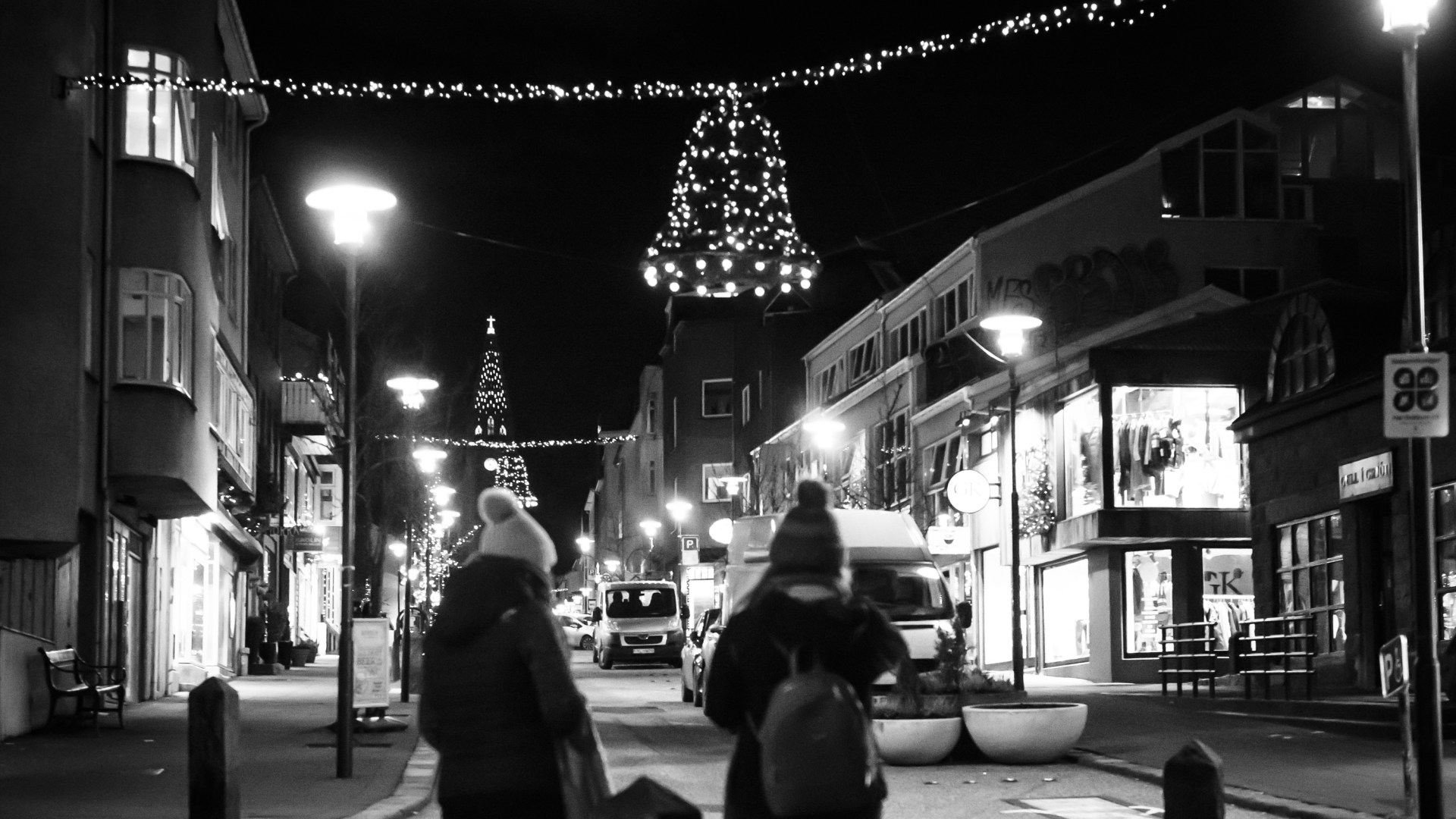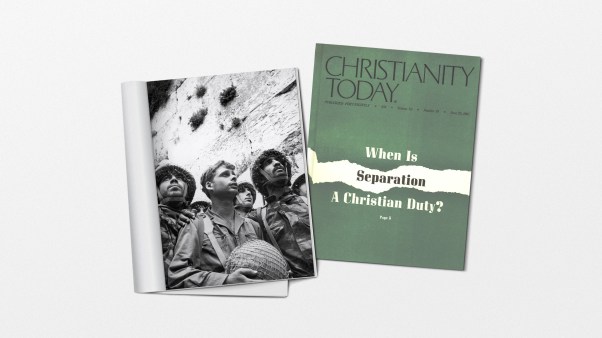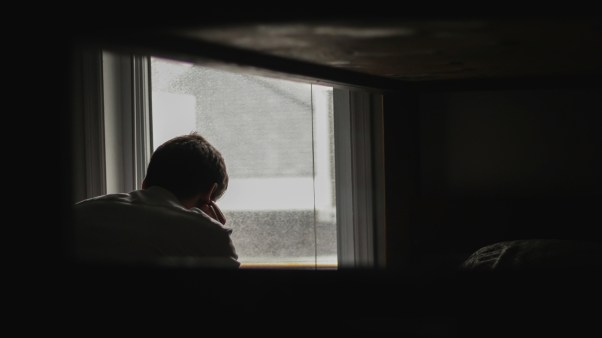At this time of year, Christians turn to the prophecy from Isaiah: “For unto us a child is born …” (9:6), as we celebrate the Incarnation as a fulfillment of Scripture’s promises of hope and redemption.
Around Christmas in Reykjavík, Iceland, the sun rises at about noon and sets at about 3:30 p.m. As I take a midday walk in the dark, with Christmas lights on balconies and windows in my neighborhood illuminating the way, I think of the line from earlier in the chapter: “The people who walked in darkness have seen a great light; those who dwelt in a land of deep darkness, on them has light shone” (9:2, ESV). The metaphor is particularly striking for those of us who spend the winter in darkness.
Here, the Christmas holiday is called Jól, or Yule as some foreigners may recognize. There’s no fight over putting Christ back into Christmas, as even the word Jól has no connotation to Christianity at all. It can be traced back to at least pagan times, when it described the winter solstice festival; later, when Christianity came to the Nordic countries, it was used to refer to Christmas.
Few of our holiday songs recount the birth of Jesus. Instead, we sing about getting presents, holiday romance in the air, and characters in our own distinct traditions, which—as in a lot of Nordic countries—range from comical to bizarre. Besides a Santa Claus (with his familiar white beard and red suit), Iceland has the 13 Yule lads, brothers that live in the mountains and start heading into the city 13 days before Christmas, one by one.
These are mischievous pranksters, with names that coincide with their favorite ways of harassing the population: breaking into homes to steal sausages, eating your leftovers, slamming doors, stealing and licking your spoons or pots, and taking your candles. The two I found particularly creepy as a child were the one that liked to sniff your doorway and the one simply known as “Window-Peeper.”
As a tradition, Icelandic children place their shoes in their window sills for the 13 days leading up to Christmas for the Yule lads to leave either a small treat in the shoes for good behavior or a potato for bad. The lads’ mother, Grýla, keeps a list of particularly bad children and snatches them during the night around Christmas. Back in her cave, she boils them into stew. As the story goes, she and her lazy third husband, Leppalúði, have a pet, the Yule Cat, who threatens to eat any child who does not get new clothes for Christmas.
While no adult Icelander takes these stories seriously, the stories we tell ourselves as a culture tend to tell us something about ourselves. In this case, we see a darkly humorous, punishing mythology in a society that has largely rejected a greater story. Our Jól stories expose our cynical outlook on life—a cynicism that does not strive for a joyful ending, and therefore prohibits us from allowing ourselves to hope for one, driving us to apathy rather than faith.
I’m a big fan of C. S. Lewis and am intrigued by his relationship with J. R. R. Tolkien, especially since they had at least a basic understanding of my mother tongue, Icelandic, and were fans of Nordic mythologies. I imagine they must have at least heard about Grýla, Leppalúði, and their 13 rambunctious sons, along with the terrifying house pet.
A defining discussion for Lewis and Tolkien, which took place before Lewis had become a Christian, revolved around the truthfulness of mythologies. Tolkien argued that myths that line up with the Christian story don’t render Christianity untruthful. Rather, mythologies have in them an attempt to convey truth, but the truth has been perverted.
He argued that myths all attempted to point to the ultimate mythology, the unperverted mythology, the truthful myth that is not only a story but happens in real life, fulfilled in the birth, life, resurrection, and ascension of Jesus Christ. Tolkien made the case that a subcategory of myths in particular—fairy tales—attempt to capture what only the true story could bring: the ultimate consolation, or what he called the eucatastrophe, the good catastrophe, the surprising and joyous ending.
As a pastor, I see that joy in our celebration of Christ’s birth, the Savior coming to his own creation. But the true Christmas story stands in stark contrast to national Jól traditions.
As we sing about gifts, we fail to praise the greatest gift of all given to us in Jesus Christ. As we scare kids into behaving with threatening stories about Grýla and her sons, we fail to see any kind of hope or grace for the sinner. As their cat threatens those who can’t afford new clothes or do not receive any for the holiday, we fail to see the beauty of being wrapped in the righteousness of Jesus Christ. In our attempts at emptying out this holiday of religious connotations, we have emptied it out of true joy, true hope, and true celebration.
And it doesn’t stop with Jól. A similar sense of hollowness can be found in our dark sense of humor, our movies and TV shows, and some of our songs. I have to wonder what effects these stories have on us, as Iceland now leads the world in anti-depressant usage per capita. People in Iceland continue to be drawn to dark stories of retribution, judgment, or punishment.
It is our mission as Christians to “take every thought captive to the obedience of Christ” (2. Cor. 10:5), so we teach our children a better story, remind each other of God’s grace to us, and seek to be his ambassadors. We know the Light of the World represents the eucatastrophe, and this is the story we hope to share with the people around us.
I ask for our brothers and sisters to pray for us: for creative ways to point our fellow Icelanders to the greatest story, the greatest gift. Pray for workers in the harvest, and ultimately that God would be glorified in and through our labors, so that the name of Jesus would be made famous in Iceland and all around the world.
Gunnar Ingi Gunnarsson lives in Reykjavík, Iceland, with his wife, Svava María, and their three children. Gunnarsson is the pastor of Loftstofan Baptistakirkja, currently the only Baptist church in Reykjavík. You can follow him on Instagram, sign up for his monthly ministry updates, or contact him at gunnar@loftstofan.is to learn more about praying, giving, or moving to Iceland to help with gospel ministry.







